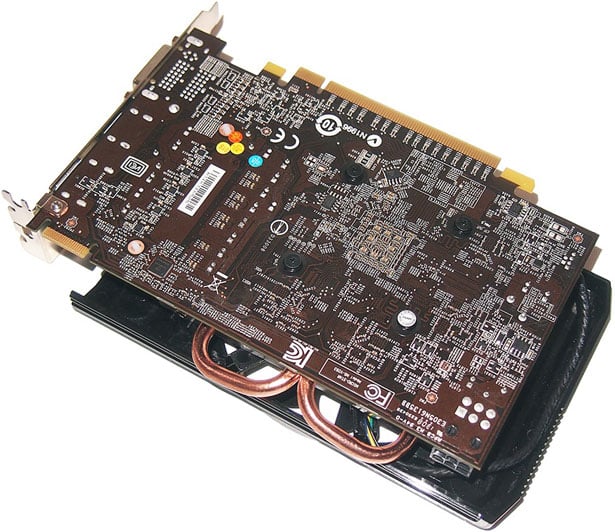MSI Radeon HD 7790 OC Edition: Mid-Range Graphics
Asus and Sapphire have already taken a crack with their overclocked Radeon HD 7790s. Those cards definitely out-perform the stock-clocked Radeon HD 7790 we tested in March, but couldn’t always overcome the NVIDIA GeForce GTX 650 Ti BOOST. Today, we’re looking at the MSI Radeon HD 7790 OC Edition (R7790-1GD5/OC), which has a slightly lower base clock speed of 1,050MHz than its Asus and Sapphire counterparts. The frame buffer is also clocked a touch slower, but keep in mind that the MSI 7790 is set to street at around $135 (currently listing for $139 on Amazon after rebate), while the Asus and Sapphire cards are priced at $154.99 and $159.99, respectively.
Available at Amazon for $139.99 currently, after rebate.
As a mid-range card, the MSI Radeon HD 7790 has a modest footprint in your system – though it will take up two slots at the back of your chassis. The card is 7.17 inches long x 4.16 inches tall, and 1.5 inches across, thanks to the cooling shroud on one side. That shroud covers copper heat pipes and an aluminum heatsink, all of which is cooled by a surprisingly quiet fan. According to MSI, the fan features its proprietary “Propeller Blade Technology,” which provides 20% more airflow than your average graphics card fan.
MSI also touts the quality of the card’s components, garnering it the company’s own “Military Class III” rating, because the card meets the U.S. MIL-STD-810G durability standard. Marketing-speak aside, this is a feature worth looking for in your components, particularly when you plan to undertake overclocking.
Before we dig into MSI’s software bundle, we should point out that the card is selling on some retailers with a limited-time bundle that includes a couple of noteworthy titles: BioShock Infinite and Far Cry 3 Blood Dragon. That bundle also includes a copy of Futuremark’s new 3DMark benchmarking tool.
As for the MSI software typically included with the video card, you’re looking at a Norton Internet Security trial, MSI Afterburner, MSI Dual Core Center, MSI Live, and MSI StarOSD. The most important of these applications is Afterburner, which is MSI's popular, robust overclocking utility. The program has overclocking profiles that let you quickly kick your card into overdrive when you’re ready to fire up a game (or even switch in-game), and it includes tools for logging the card’s status and identifying important info, like the BIOS version. The utility also has a video-capture feature called Predator for recording your game sessions.








